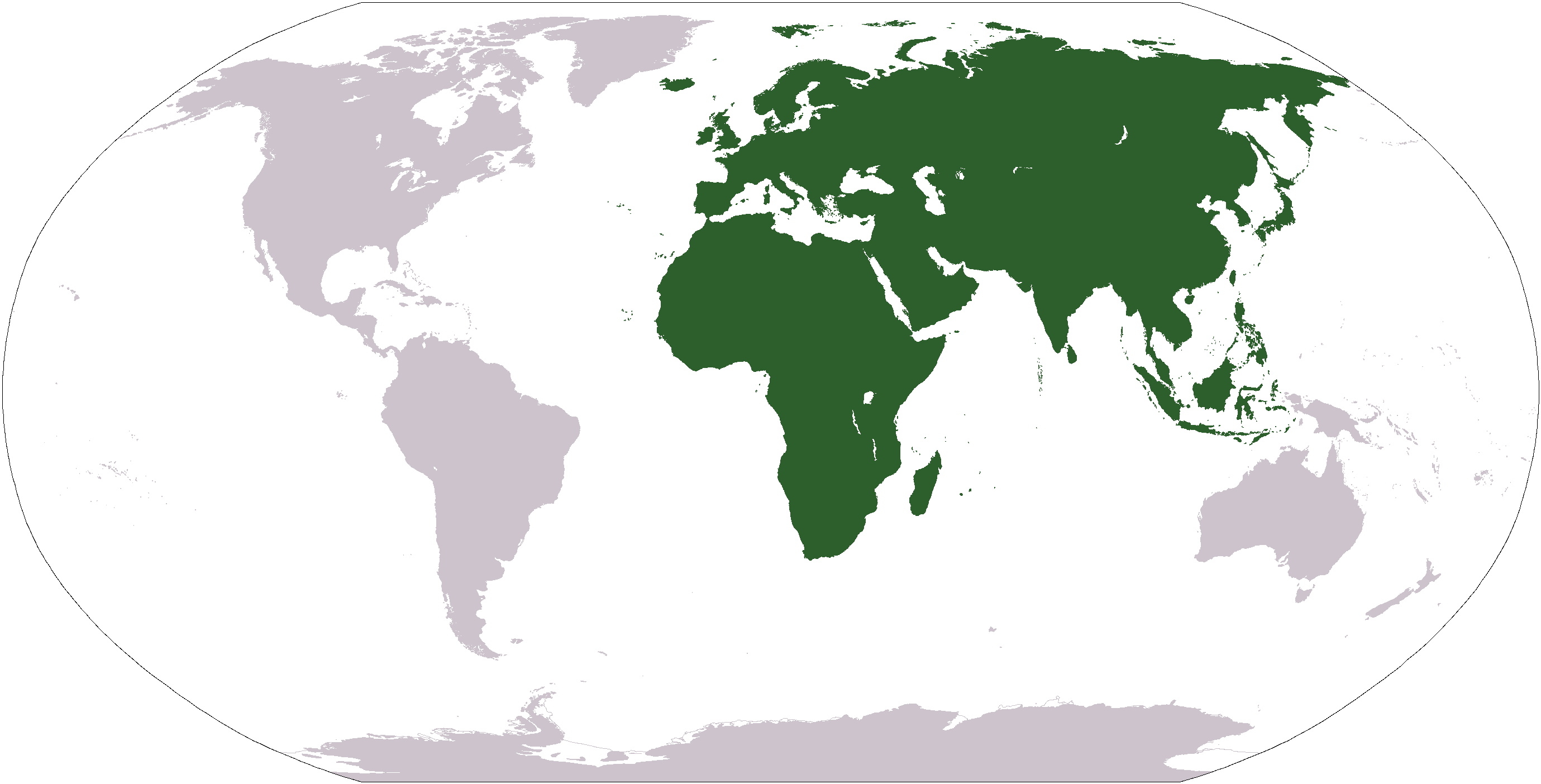|
Irus Irus
''Irus irus'' is a species of bivalve belonging to the family Veneridae. The species is found in Old World The "Old World" is a term for Afro-Eurasia that originated in Europe , after Europeans became aware of the existence of the Americas. It is used to contrast the continents of Africa, Europe, and Asia, which were previously thought of by the .... References Veneridae {{Veneridae-stub ... [...More Info...] [...Related Items...] OR: [Wikipedia] [Google] [Baidu] |
Bivalve
Bivalvia (), in previous centuries referred to as the Lamellibranchiata and Pelecypoda, is a class of marine and freshwater molluscs that have laterally compressed bodies enclosed by a shell consisting of two hinged parts. As a group, bivalves have no head and they lack some usual molluscan organs, like the radula and the odontophore. They include the clams, oysters, cockles, mussels, scallops, and numerous other families that live in saltwater, as well as a number of families that live in freshwater. The majority are filter feeders. The gills have evolved into ctenidia, specialised organs for feeding and breathing. Most bivalves bury themselves in sediment, where they are relatively safe from predation. Others lie on the sea floor or attach themselves to rocks or other hard surfaces. Some bivalves, such as the scallops and file shells, can swim. The shipworms bore into wood, clay, or stone and live inside these substances. The shell of a bivalve is composed ... [...More Info...] [...Related Items...] OR: [Wikipedia] [Google] [Baidu] |
Veneridae
The Veneridae or venerids, common name: Venus clams, are a very large family of minute to large, saltwater clams, marine bivalve molluscs. Over 500 living species of venerid bivalves are known, most of which are edible, and many of which are exploited as food sources. Many of the most important edible species are commonly known (in the USA) simply as "clams". Venerids make up a significant proportion of the world fishery of edible bivalves. The family includes some species that are important commercially, such as (in the USA) the hard clam or quahog, ''Mercenaria mercenaria''. Taxonomy The classification within the family Veneridae has been controversial at least since the 1930s. Molecular approaches show that much of this traditional classification is unnatural. Some common species have been moved between genera (including genera in different subfamilies) because of repeated attempts to bring a more valid organization to the classification or taxonomy of the family, there ... [...More Info...] [...Related Items...] OR: [Wikipedia] [Google] [Baidu] |
Old World
The "Old World" is a term for Afro-Eurasia that originated in Europe , after Europeans became aware of the existence of the Americas. It is used to contrast the continents of Africa, Europe, and Asia, which were previously thought of by their inhabitants as comprising the entire world, with the "New World", a term for the newly encountered lands of the Western Hemisphere, particularly the Americas. Etymology In the context of archaeology and world history, the term "Old World" includes those parts of the world which were in (indirect) cultural contact from the Bronze Age onwards, resulting in the parallel development of the early civilizations, mostly in the temperate zone between roughly the 45th and 25th parallels north, in the area of the Mediterranean, including North Africa. It also included Mesopotamia, the Persian plateau, the Indian subcontinent, China, and parts of Sub-Saharan Africa. These regions were connected via the Silk Road trade route, and they hav ... [...More Info...] [...Related Items...] OR: [Wikipedia] [Google] [Baidu] |

